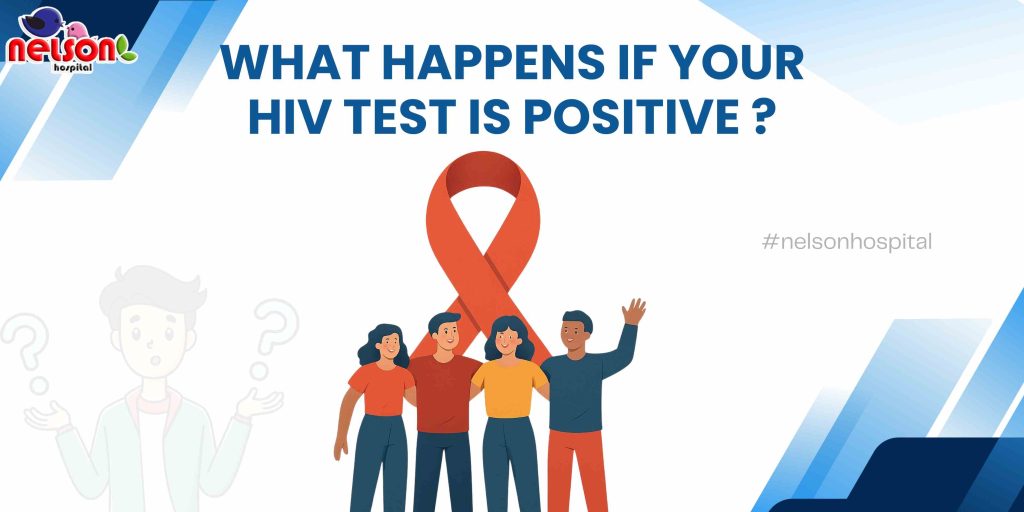World Eye Donation Day: Nelson Hospital’s First Eye Implant Surgery
World Eye Donation Day: Nelson Hospital’s First Eye Implant Surgery…
9518951959
info@nelsonhospitals.com
9518951959


The monsoon season brings welcome rains and relief from the heat, but it also creates the perfect breeding ground for many infections — especially fungal infections. High humidity, damp clothes, sweaty skin, and poor ventilation during the rainy season lead to a surge in skin-related issues. One of the most common monsoon diseases people face is fungal infection.
In this blog, we’ll explain what fungal infections are, why they increase during monsoon, common symptoms, and most importantly, how to treat and prevent them effectively.
Fungal infections occur when harmful fungi grow on the skin, nails, or inside the body. Fungi thrive in warm, moist, and dark environments — exactly what monsoon conditions offer. These infections can affect anyone but are more common in people with weak immunity, excessive sweating, diabetes, or poor hygiene.
Common types of fungal infections include:
The monsoon is a high-risk season for fungal skin problems due to the following reasons:
Humidity leads to excessive sweating and damp skin, which allows fungi to multiply rapidly, especially in skin folds like underarms, thighs, groin, and under breasts.
Wearing wet or unwashed clothes and closed footwear for long hours causes fungal growth in the feet, nails, and groin area.
Wearing tight, synthetic clothes in humid weather prevents air from reaching the skin, trapping sweat and moisture.
Using common towels, sharing footwear, or not drying properly after showers can spread fungal infections quickly.
Fungal infections usually begin mildly but can worsen if untreated. Symptoms may vary depending on the area affected:
| Infection Type | Common Areas | Symptoms |
|---|---|---|
| Ringworm | Arms, legs, neck | Circular red patches, severe itching |
| Athlete’s Foot | Feet, toes | Cracked skin, flaking, foul odor |
| Jock Itch | Inner thighs, groin | Red rash, itching, chafing |
| Nail fungus | Toenails/fingernails | Thick, yellow nails, pain |
| Candidiasis | Mouth, genitals | White patches, irritation, discharge |
While mild fungal infections may respond to over-the-counter creams, consult a dermatologist if:
At hospitals like Nelson Hospital, doctors can prescribe the right antifungal medication — oral or topical — depending on the severity.
Most skin infections are treated with medicated creams or powders containing clotrimazole, miconazole, ketoconazole, or terbinafine.
For severe or persistent infections (like nail fungus or widespread ringworm), doctors may prescribe tablets such as fluconazole or itraconazole.
Prevention is the best cure — especially during monsoon. Here’s how to protect yourself:
Though fungal infections are not waterborne, overall hygiene helps boost immunity and prevent infections.
Many patients, especially during July to September, visit clinics with persistent ringworm or athlete’s foot complaints. Most admit to using talcum powder or steroid creams wrongly, which worsen the infection. This shows the importance of getting proper diagnosis and not self-medicating. A short doctor consultation can prevent long-term skin damage.
Fungal infections in monsoon are common but avoidable. With some hygiene precautions and early treatment, you can stay protected. If you notice symptoms like redness, itching, or rash, don’t ignore them. Instead, consult a dermatologist before it spreads.
At Nelson Hospital, we provide expert dermatology consultations, accurate diagnosis, and advanced treatments for monsoon-related skin diseases. Your health and comfort during monsoon is our priority.
World Eye Donation Day: Nelson Hospital’s First Eye Implant Surgery…
Why Food Poisoning Is More Common in Monsoon and What…
Why Are Urine Tests Important for Early Disease Detection? When…
Which Food to Avoid for Kidney Stones and What Foods…
When Surgery Is Needed in Urology Cancer Treatment: A Doctor’s…